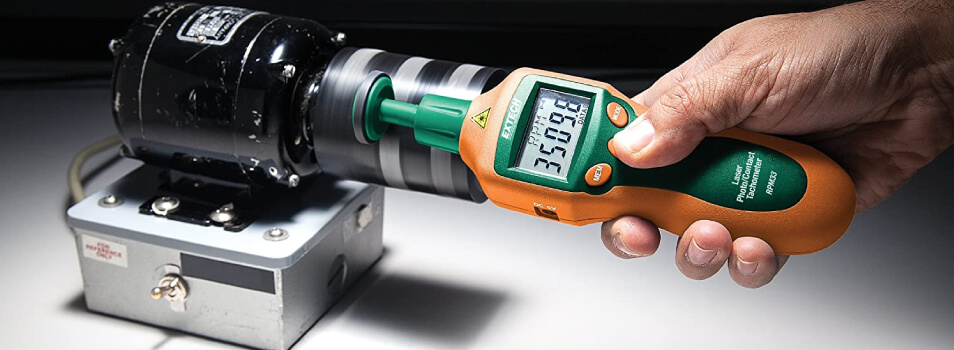
How to Wire a Tachometer to Electronic Ignition Efficiently?
Share
Wiring a tachometer to electronic ignition is essential for automotive performance enthusiasts. A tachometer provides real-time engine RPM data, which is crucial for monitoring engine health and enhancing driving experience.
This article delves deep into how to wire a tachometer to electronic ignition, offering a step-by-step guide, common troubleshooting tips, and necessary wiring components.

Understanding the Basics of Tachometers
A tachometer is an instrument that measures the rotational speed of an engine. It helps drivers understand their engine's performance. The need to wire a tachometer properly with electronic ignition arises because modern vehicles largely utilize advanced electronic systems.
A well-functioning tachometer can enhance your driving experience by providing crucial data about engine RPM, which is essential for maintaining optimal speed and performance.
Necessary Components for Wiring
Before diving into the wiring process, you will need several essential components:
- Tachometer (analog or digital)
- Wiring Harness
- Connector Pins
- Fuse
- Voltage Regulator
- a multimeter
- Basic hand tools (screwdriver, wire cutters)
- Electrical tape
Step-by-Step Guide to Wiring a Tachometer
The installation of a tachometer involves several steps:
Step 1: Disconnect Power Supply
Before you start working on the wiring process, ensure that the vehicle's power supply is disconnected. Safety is paramount.
Step 2: Identify the Wiring Points
Locate the electronic ignition unit. Knowing where to wire the tachometer involves tracing the wiring harness connected to the ignition coil.
Step 3: Connect the Tachometer's Signal Wire
Depending on your tachometer model, attach the signal wire from the tachometer to the ignition coils positive terminal or the point where the ignition pulses exist. This connection allows the tachometer to read the pulse rate and convert it to RPM.
Step 4: Connect the Ground Wire
For accurate readings, its crucial to connect the tachometers ground wire to the vehicle's chassis or a common ground point in the wiring harness.
Step 5: Power Connection
Wiring the tachometer to the power supply ensures it receives the necessary voltage to function. Follow the manufacturers guidelines for voltage specifications.
Step 6: Testing the Wiring
Before sealing everything up, reconnect the power supply and test the tachometer. Ensure it provides accurate readings and is functioning correctly.
Troubleshooting Common Issues
Sometimes, wiring a tachometer can lead to challenges. Familiarizing yourself with common troubleshooting practices can be essential:
- No RPM Reading: Check wiring connections, ensuring they are secure and correctly positioned.
- Inaccurate Readings: Reassess the signal wire connection. It might not be latched to the proper ignition pulse.
- Fluctuating Readings: Inspect for shorts and ensure robust connections throughout the wiring.
Understanding Different Types of Tachometers
When wiring your tachometer, its crucial to recognize the difference between digital and analog models. A digital tachometer tends to offer more precise readings, while analog tachometers deliver a more classic aesthetic for car enthusiasts.
Advanced Configurations and Customizations
Some tech enthusiasts might want to explore advanced configurations, such as adding backlights or integrating the tachometer with additional dashboard instruments. Ensure to follow manufacturer documentation to troubleshoot effectively.
Conclusion
Wiring a tachometer to electronic ignition is a valuable skill for tech professionals and enthusiasts alike. It allows for better engine performance monitoring and adds a layer of customization to your vehicle. By following the steps outlined above, you can confidently tackle this wiring project.
FAQs
1. What tools do I need to wire a tachometer?
Basic tools such as screwdrivers, wire cutters, and a multimeter are essential for completing the installation.
2. Can I wire a tachometer to a diesel engine?
Yes, tachometers can be wired to diesel engines, but specific models may vary, requiring specialized wiring.
3. Where can I find installation guides for different tachometer models?
For installation guides and in-depth information, consider checking out resources on how to hook up a tachometer.
4. What is the importance of a tachometer?
A tachometer provides real-time engine RPM information, helping drivers maintain optimal engine performance.

Further Resources
For more detailed explanations on tachometers and their functions, check out this informative article on what a tachometer does.
